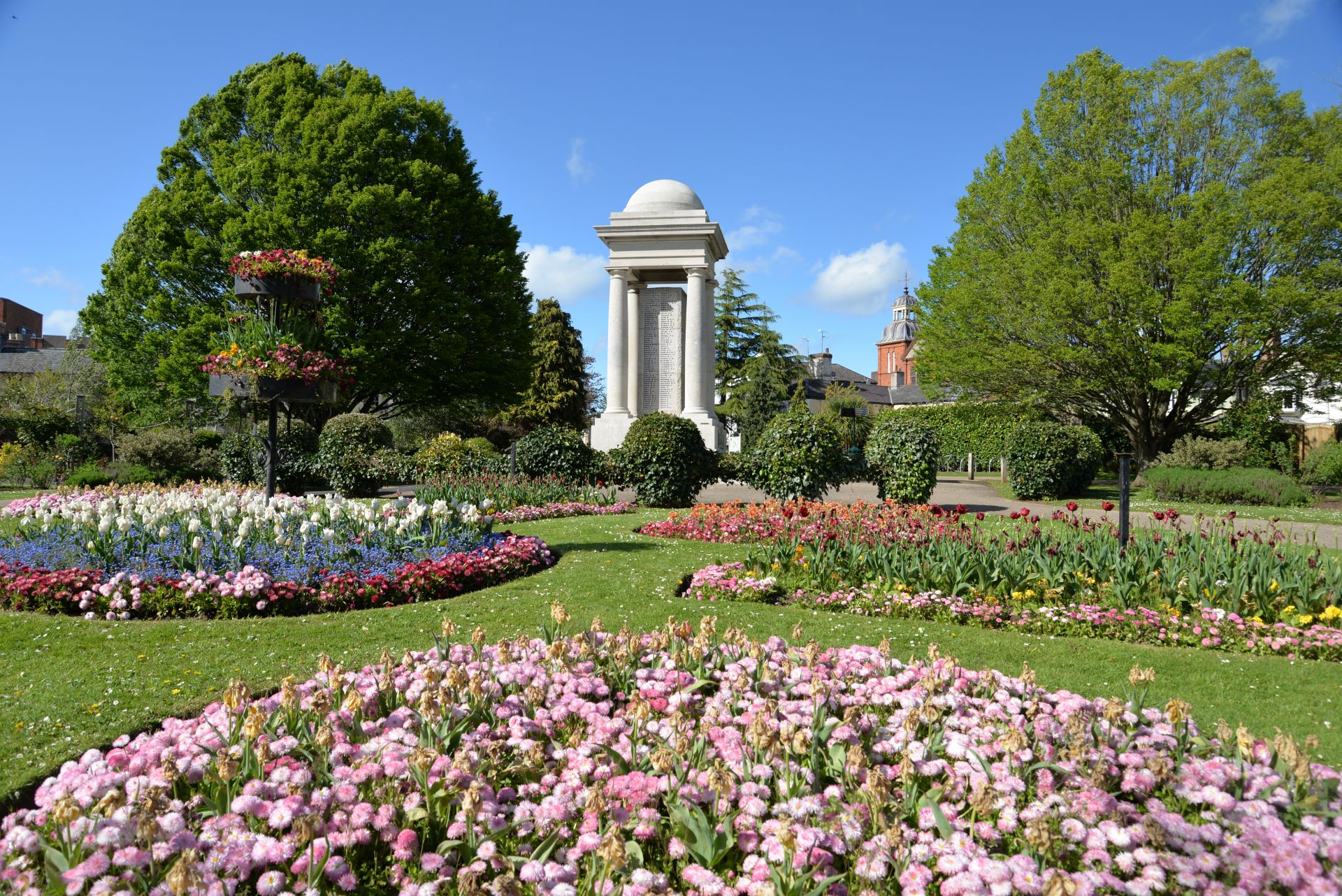
Want to increase your visitors’ spend by 25%? Invest in your amenities.
Facilities are a vital part of retail and leisure destinations. Despite not directly producing turnover, they play an essential part in driving performance. Through research from our Shoppers Dimensions dataset– our database of over 1 million respondents across 270 UK-wide destinations which enables key performance indicator (KPI) benchmarking of assets against similar locations across the UK to contextualise performance and enhance decision-making– we analysed how various KPIs are impacted by consumers’ experiences and perceptions.
So, how exactly are services and amenities within retail destinations affecting consumers’ behaviours? How can retail destinations leverage these insights to bolster experiences and perceptions?

How do consumers’ overall shopping experiences influence their spending behaviours?
According to our research, retail destinations capable of improving their rating of a person’s overall shopping experience may recognise an increase in their average retail spend by £21. There is an uplift across the board when overall shopping experience is rated 5 out of 5, with average retail spend increasing by 25% and catering spend by 17%.
How do experiences & perceptions of toilets impact retail destinations?
It may not be a glamourous topic, but toilets are often called out by customers as an issue. They are expensive to renovate and maintain, and without a direct revenue stream associated with them, it is easy to think of toilets as a cost. Despite this, our data shows that investing in facilities can actually drive performance.
Firstly, when looking at shopping centre locations of those that rate the toilet facilities 5 out of 5, our data shows that this leads to an uplift in time that a person stays at the destination by 16%, which accounts for 12 additional minutes per customer. But how does this additional dwell time translate into spend? Customers that give toilets a top rating record a 26% uplift on their average retail spend, an increase of approximately £21.34 per customer.
Retail is not the only category affected. In fact, catering conversion experiences an uplift of 5 percentage points and the average spend on catering increases by 19%. There is therefore direct value to unlock by maintaining and improving these facilities, even if that means you have to spend a few pennies to do so.
How to attract more family groups from further afield
Family groups can be a hard group to target, but once at the destination, they are likely to come for ‘Big Day Out’ trips which are associated with a higher average spend. For many destinations, this group tends to live further afield, such as in the suburbs of a city. When family facilities are rated higher, there is an uplift in their drivetime by 23%, an increase in their dwell time by 17% along with an uplift of 25% in associated retail spend. Showing that better family facilities draw in these high-spending visitors from further away
How do car park experiences & perceptions impact interactions with the rest of the shopping centre?
One of the most interesting findings we came across when looking into the impact of ratings was with overall parking experience. This is another topic that consumers are passionate about; ever hard-to-please, the consumer wants it to be cheaper, with more spaces and of a better quality. But do better perceptions really lead to stronger key performance metrics? In short, the answer is a resounding “yes”. Those who rate the overall parking experience 5 out of 5 see an uplift in dwell, retail and catering average spend and conversion. The greatest uplifts are in dwell time and average retail spend. On average, dwell time will see an uplift of 17% (14 minutes) while average retail spend will see an uplift of 30%, leading to an average increase in spend of just over £25.
Key takeaway: higher perceptions equal higher spend
Overall, our data shows that the higher the perceptions, the more people will spend and the longer they will stay. This is the case when we look at the ratings for overall shopping experience, cleanliness, overall parking experience, family facilities, customer services, signage, architecture and toilet facilities. While it might not be glamourous, strong perceptions of parking experience and toilet facilities do lead to an increase in key performance indicators, proving that there is value to be unlocked by investing in these facilities.
How can CACI help?
At CACI, we understand the impact that driving improved perceptions of facilities within a retail destination can have on consumers’ behaviours, such as which amenities encourage people to visit from further away, stay longer or spend more on their trip. To gain a better understanding of how consumers interact with places, reach out to us to discuss how we can help you measure your performance and identify growth opportunities.





